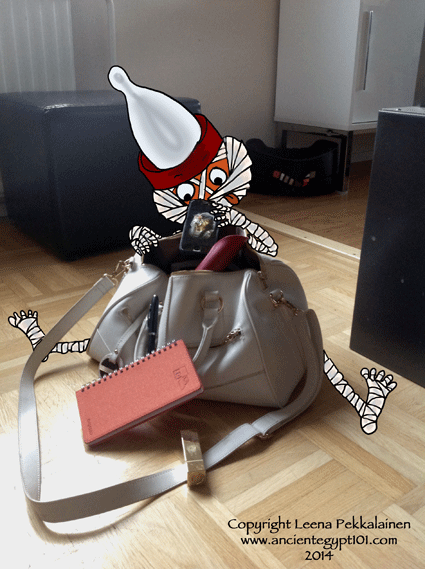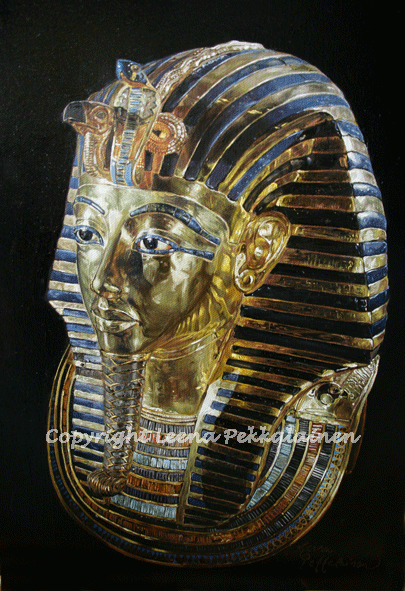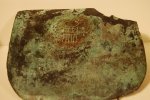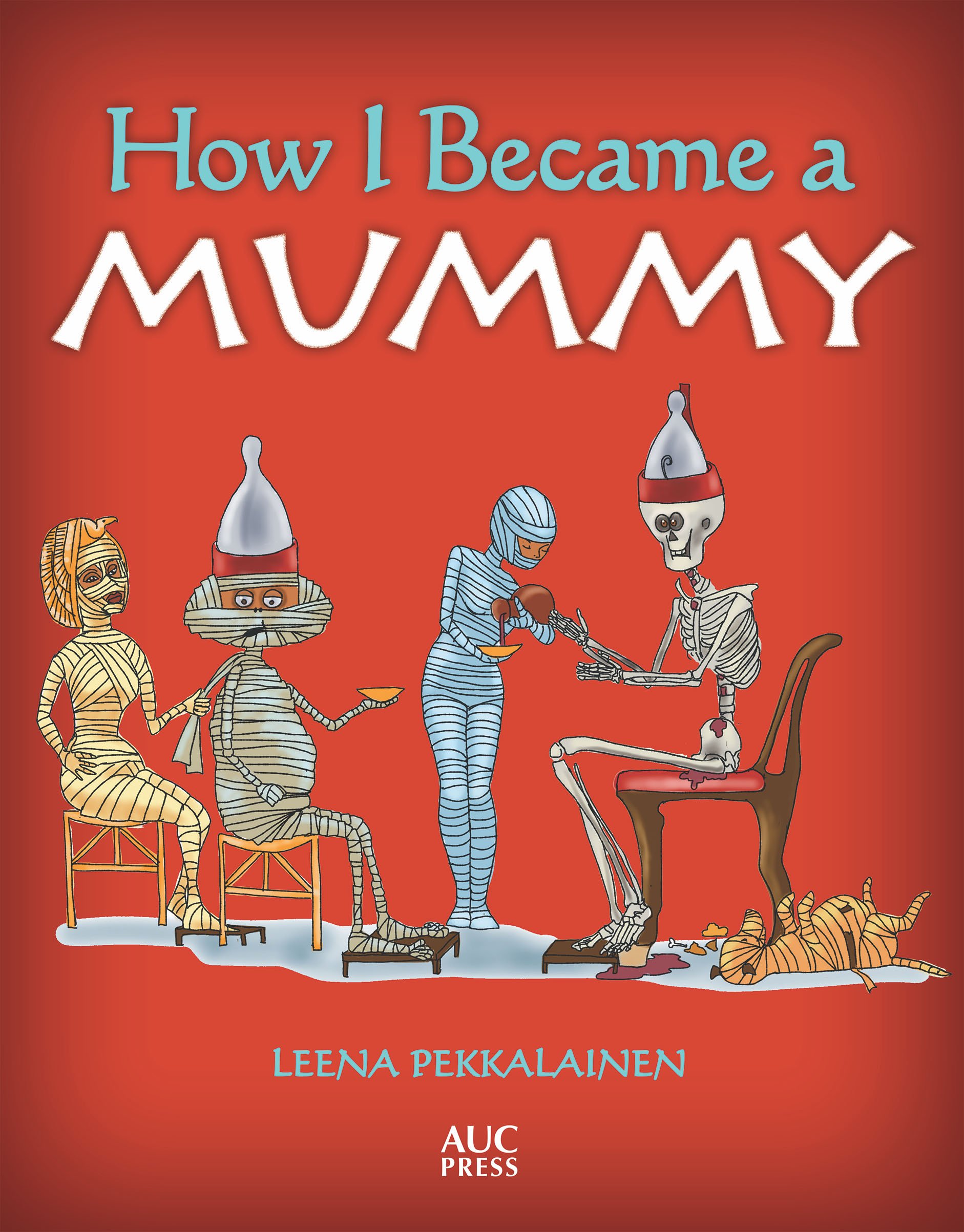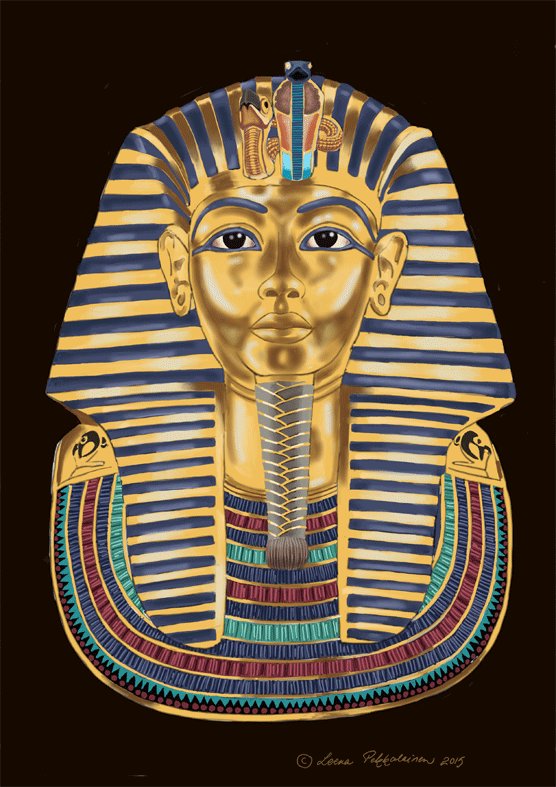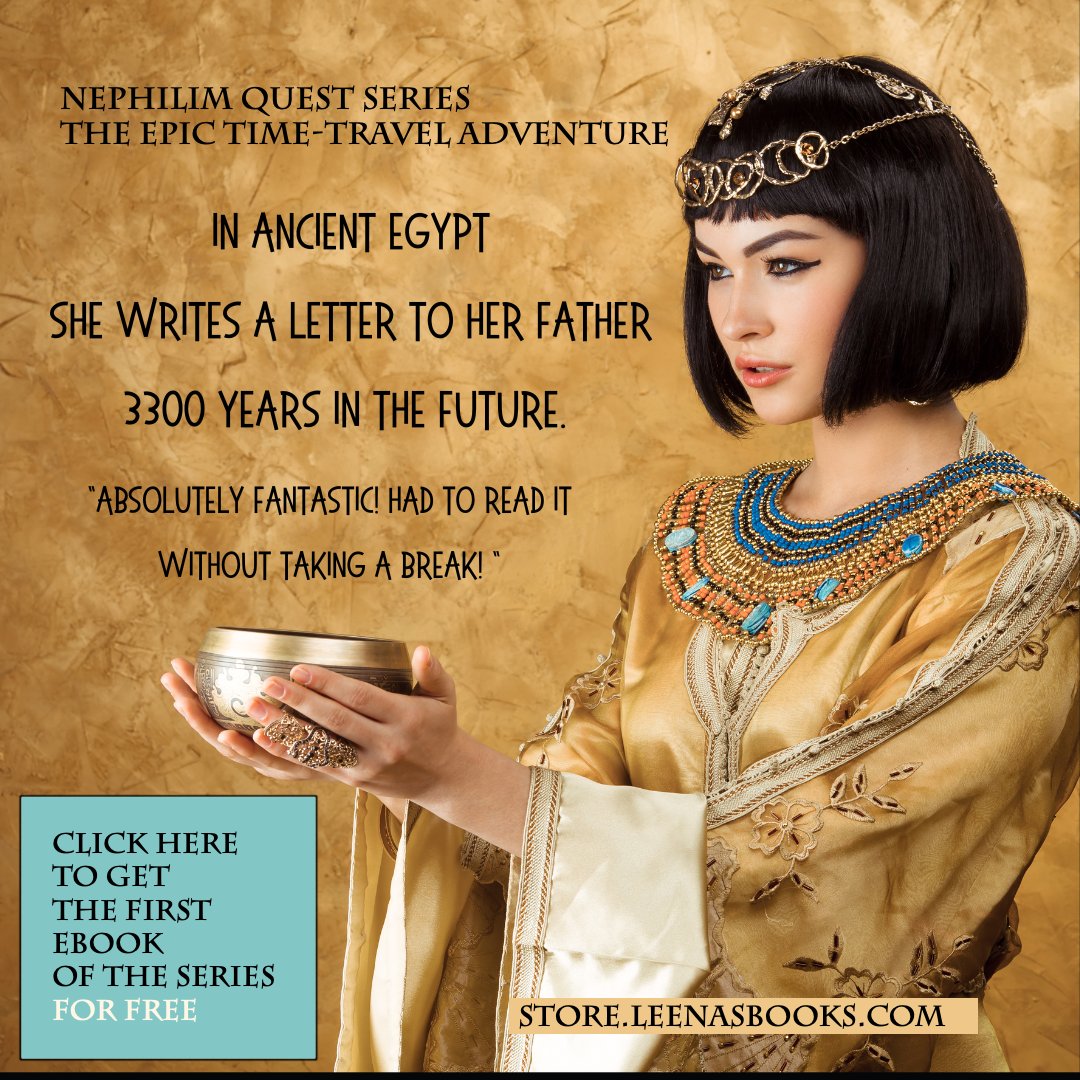neithhotep
“Tell me about Neithhotep,” I diverted Mummific’s attention from my handbag to the issue at hand.
He harrumphed at my audacity of stealing my bag from his hands just as he was trying to fish out my cell phone. I made a mental note to hide the gadget in question or else everyone on my contact list would probably start complaining about the strange calls I made. Mr Mummific had been paying a lot of attention to me speaking on the phone lately, so I should have known better and hide the phone. As it was, I had already once before had to apologize my mother, when there had been a call from my phone to hers, and all she could hear was odd raspy coughs and hellos. Thankfully I had been near and had snatched the phone off Mummific’s hands before he figured out that there was an actual living person on the other end of the line (after which I had to vacuum the carpet to get rid of dust and dry linen pieces). I had explained mom I had dialed her number by accident and that the voices came from the TV.
Mummific mumbled something along the lines of badly behaving servants, but left it at that. Probably because he had become accustomed to such servants in the afterlife – from what I understood they obeyed the Mrs, and not the little pharaoh.
“The Foremost of Women, Neithhotep,” he said, “A wise lady. A prominent member of the Great Royal Wives’ club. I wish she would talk some sense to my Mrs… I never heard she would have forcefully re-wrapped Narmer.”
“Quite… What can you tell about her life?”
“Well, from what I have heard, she was the daughter of the Naqada royal house in Upper Egypt at the time Narmer unified Kemet. He married her to seal the unification of the Two Lands. She saw the wisdom in that, and was much respected by Narmer. She was - and is – a very practical, no-nonsense kind of a lady. What do you do with the shiny plaque, exactly? It looke like a little picture box?”
He was looking at my iPhone again – a message had arrived and it lighted up the screen, showing my painting of Tutankhamen’s throne which I used as the background picture. Much approved by Mummific.
“It is too modern for you to understand,” I said, “Something servants would use, but not kings.”
I figured a little white lie might save me.
“Servants? You would give something like that to servants?” Mummific didn’t look like he was going to belive me at one sitting.
The fate of Neithhotep's tomb
“Do you know where she was buried?” I asked like I had not heard him at all.
“What? Her tomb? The Great Tomb in Naqada. The darned tomb-robbers took everything of importance from it a long time ago, and what was left was taken by your Egyptologists…”
“Oh, well… If the remaining things had not been taken, they would surely have been robbed by others,” I tried explaining.
“Hmph… And because of you excavations what was left of the magnificent tomb, was destroyed when the walls were left standing unprotected under the sky. You think Neithhotep is happy about that? John Garstang once made the mistake of approaching her, when he came from the Egyptologist Afterlife to research the early Dynastic life. She told him what’s what, in no uncertain terms. It was, after all, his fault. To destroy a ruler’s tomb! And Neithhotep was a real ruler – her name was written in a serekh of its own. With the arrows of Neith on top. She was and is a formidable character, and took good care of her son Hor-Aha, when Narmer died. Without her it might have been that Aha would never have had a country to rule when he came of age.”
I could imagine the telling-off of one of the most famous Egyptologists. Archaeological methods had changed since 1904… These days the remains of the tomb would have been protected from the elements, if possible.
While I pondered on the matter, Mr Mummific had made his disappearing act again. Odd noises from my atelier alerted me, and I had to run off to save my paintings from extra brushstrokes being added.
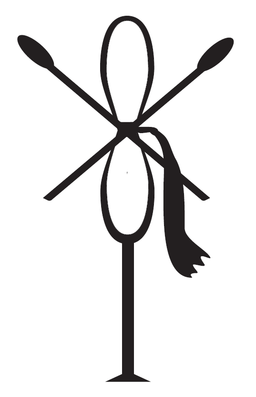
|
Later I put together the facts known about Neithhotep, which you can find here. Neithhotep's name written in hieroglyphs - what do these symbols mean? Find out more on the facts page. Also: if you are interested in reading more about the Egyptian Queens, I recommend Joyce Tyldesley (2006), Chronicle of the Queens of Egypt, Thames & Hudson, London |
By Weneg at German Wikipedia (Transferred from de.wikipedia to Commons.) [CC-BY-SA-3.0-de (http://creativecommons.org/licenses/by-sa/3.0/de/deed.en)], via Wikimedia Commons
Back to Homepage from Neithhotep
Back to Queens of Egypt (Mummific version)
Back to Egyptian Queens (facts only)
Tutankhamun: In My Own Hieroglyphs
|
Tutankhamun tells about his life - and death. The book that was chosen to travel the world with Tutankhamun's treasures world tour of 10 cities from 2018 onwards. |
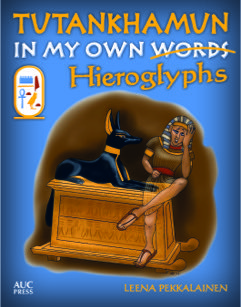
Mummies, Monsters and the Ship of Millions
Mr Mummific's hilarious journey through the 12 caverns of Duat to reach the Field of Reeds.
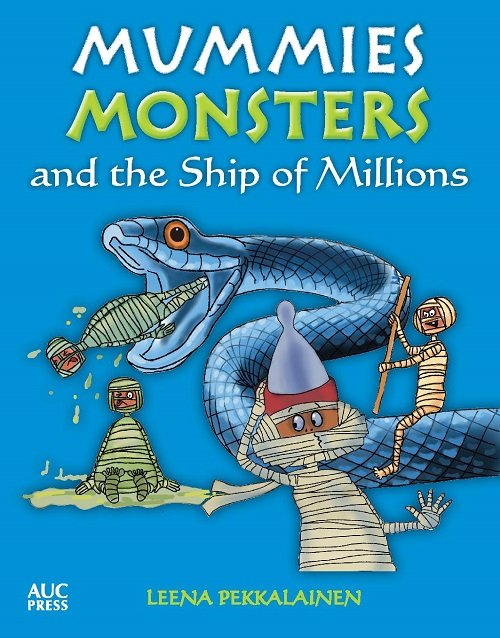
Leena Maria's Newsletter
Tutankhamon's Golden Mask Coloring Page
